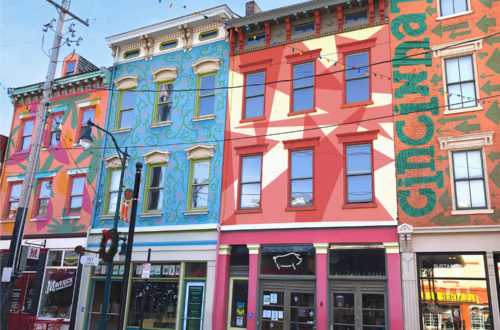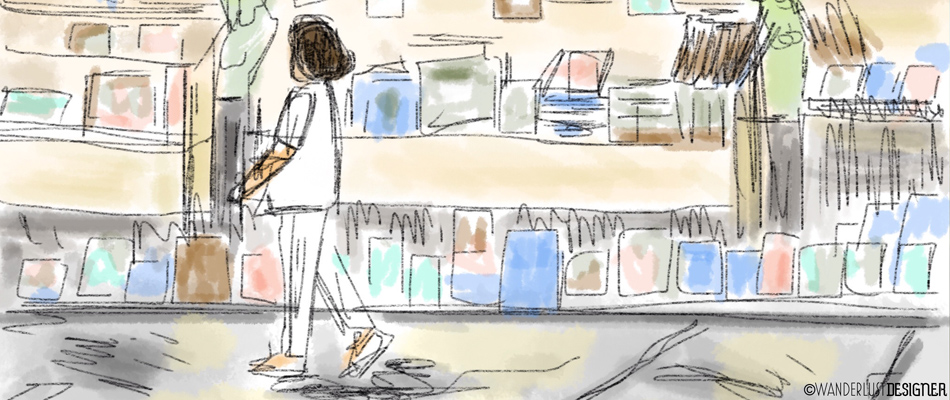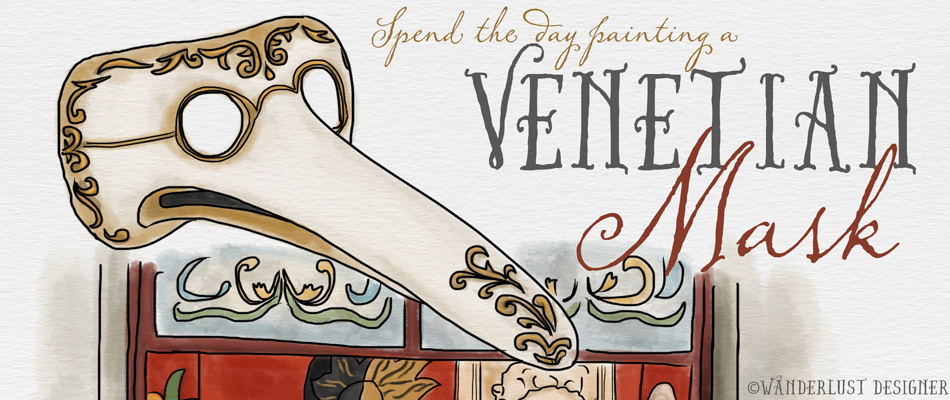On Location: 10 Tips for Visiting Death Valley, California
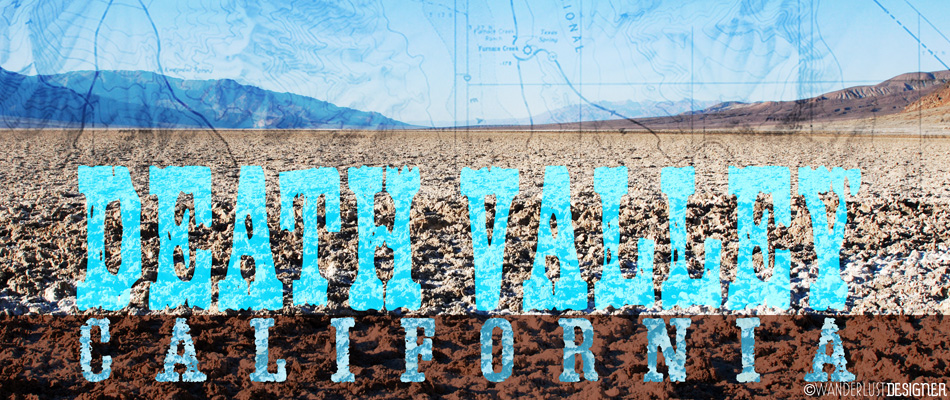
The dry, parched land stretches out before you for miles. The air burns your lungs as you take in a deep breath. There is no water in sight. This is Death Valley, California, a harsh landscape ready to be explored by only the most fearless traveler. Well, not really. Death Valley National Park gets almost 1 million visitors a year, so obviously, it’s not only for the adventure traveler. It can get mighty hot in the summer, though, with an average of 116°F in July. To make the most of your visit, here are 10 tips to enjoying this austere climate and experiencing the beauty Death Valley has to offer.
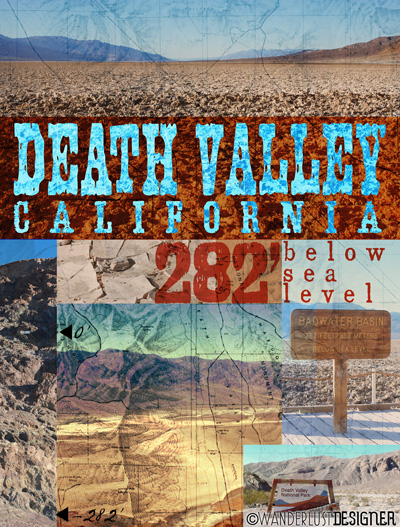
10 Tips for Visiting Death Valley
1. Consider visiting in non-summer months, preferably in winter.
There’s something about the potential of touring in 120°F that just doesn’t sound that appealing. Yes, it’s novel to get a “taste” of that type of intense heat, but to spend any significant amount of time in it, and/or try to explore a barren National Park like Death Valley with out a tree in site, it can be overwhelming, and frankly unsafe. We chose to visit Death Valley in December and couldn’t have been happier. Mild temperatures of high 60°F’s and low 70°F’s made hiking trails and exploring the valley away from our air conditioned car possible. Ironically, even in that mild heat, when the sun beats down on your back, it felt much warmer than the temperature gauge read.
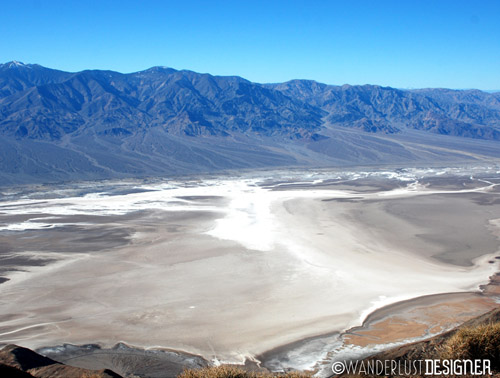
2. Get a vista before you head to the lowest point in North America.
I was tempted to forgo the short but windy road to the top of Dante’s View (5,476′) on the Eastern side of the park, but am so glad we made the trek. Only a 30 minute side tour can give you an amazing panoramic view of Death Valley basin. And, for those who love statistics, it’s quite thrilling to peak over the edge and know you are staring at the lowest point in North America, Badwater Basin. We visited in the morning, when the sun was to our back, and the valley was illuminated. We were surprised at how much cooler it was on top of the mountain too– at least 20°F different from the valley floor. It was the perfect way to start our tour of the valley and get a lay of the land.
3. Windy from the west, and easy going from the East – tips for picking your route into Death Valley.
Who knew you could be pulling slots in Vegas in the morning and in Death Valley by lunch time. Coming to Death Valley from the east is a simple drive, with relatively straight roads and low mountain passes. The scenery reveals a stark Nevadan landscape with bald mountains and little vegetation. Given the ease of the drive, it truly is possible to take a day trip from Las Vegas to Death Valley for the day. Driving in from the West (Lone Pine at Highway 395) is a bit different, though. Although it is not that long of a drive (105 miles) , the road has windy areas as you descend into the valley. The plus side, though is that this route offers amazing viewpoints worth pulling over to get a few photos.
4. Stay in the Valley if possible, but be sure to book early.
Besides camping, there are 4 main places to stay in the Park; Furnace Creek Resort (with Furnace Creek Inn and Ranch at Furnace Creek), Stovepipe Wells Village, and Panamint Springs Motel. Although there is lodging outside the park in small towns such as Beatty, Nevada, there is a 35+ mile drive to get to it. This makes for long days of driving in and out of the park if you plan to visit for a couple of days. It’s advisable to book early, since there are so few places in the Valley to stay they fill up quickly.
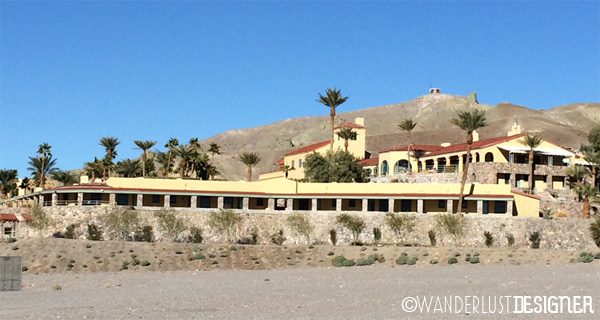
5. Visit Furnace Creek Inn even if you can’t stay there.
Furnace Creek Inn is a site to see on it’s own in Death Valley. Built in the early twentieth century style of a “grand national park” hotel, it boasts a spring fed swimming pool, tennis courts, and nice restaurant. It is surrounded by palm trees, which in the barren landscape make this resort seem like an oasis in a desert– which, in fact, it may quite be! Reading about the history of the resort can conjure up images of days gone by – from a popular radio show that was broadcast from this location to the actual first grass golf course built in the California desert in 1930. Hard to believe that such a resort was built and has been maintained for this long in such a severe climate. It definitely warrants a visit regardless if you are staying there or not.
6. Stargazing is a must.
Don’t turn in too early if you are visiting Death Valley. Stargazing at night is an absolute must. Not only will you be dazzled by the amount of stars you will see, but the clarity of the Milky Way in Death Valley is unbeatable. Be sure to remember your telescope, a star map, and a blanket. You won’t regret staying up later than usual for the spectacular celestial show.
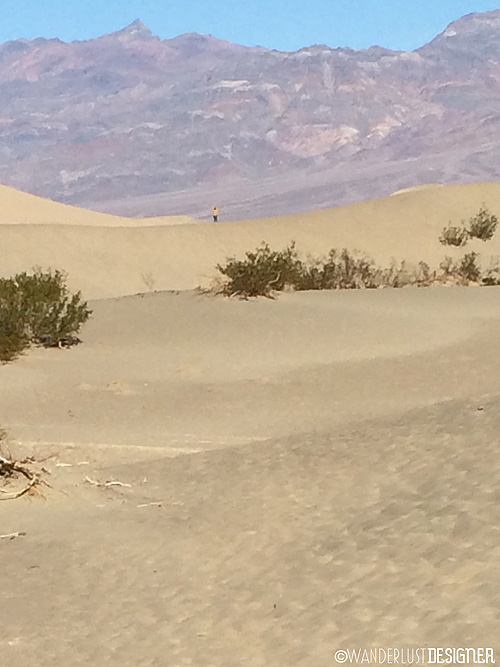
7. Visit the sand dunes at the right time of day.
I was surprised at how much warmer the temperature was when walking on the sand dunes in Death Valley. Although I was visiting in winter with mild temperatures, when walking on the sand dunes with the sun beating on my back, it was much warmer than at the parking lot. I can only imagine in the summer the sand dunes literally become a furnace. Given this temperature variance, it’s definitely recommended to visit the dunes early in the morning or very late in the afternoon, and of course, bring your water.

8. Dont miss the surrounding ghost towns.
There are several ghost towns in and around Death Valley. They are not to be missed. Although they are not as large and impressive as neighboring Bodie State Historic Park (260 miles to the North), these small towns tell stories of a bygone era of mining and the illusive search for fortune.
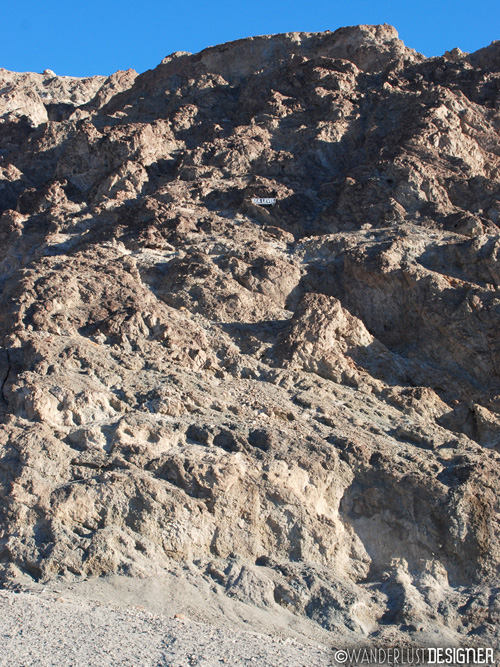
9. Visit the lowest point (-282′ below sea level) and the highest point (14,505′) in the contiguous United States within about an hour.
Death Valley National Park owns the rights to having the lowest point in North America, Badwater Basin at -282′ below sea level. Ironically, only 135 miles away is the highest point in the contiguous United States, Mt. Whitney at 14,505′. When you are standing in Badwater Basin, it is hard to perceive that you are actually below sea level. The only indication is up on a neighboring cliff, where a very large sign is mounted about 300′ up denoting sea level. In contrast, as you approach the Eastern Sierras once out of Death Valley, the majestic Mt. Whitney and surrounding peaks scrape the sky. Although the drive between the two points does not seem like such a change in elevation, it is fascinating to think of the bigger picture – the incredible varied geography of the region and how it came to be.
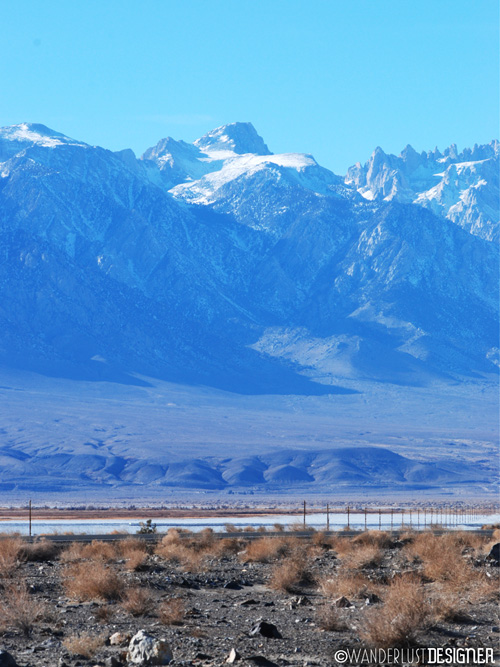
10. Water is your friend.
Even in wintertime, water is your friend in Death Valley. Just viewing the parched landscape makes anyone thirsty, but then add the incredible heat of the other seasons, and you can quickly become dehydrated. So, be sure to pack extra water, just in case. It can’t hurt, and can be quite refreshing on a 120°F summer day.
Resources
Death Valley, CA: 282′ Below Sea Level – Poster, Postcard and Notecard by Wanderlust Designer
